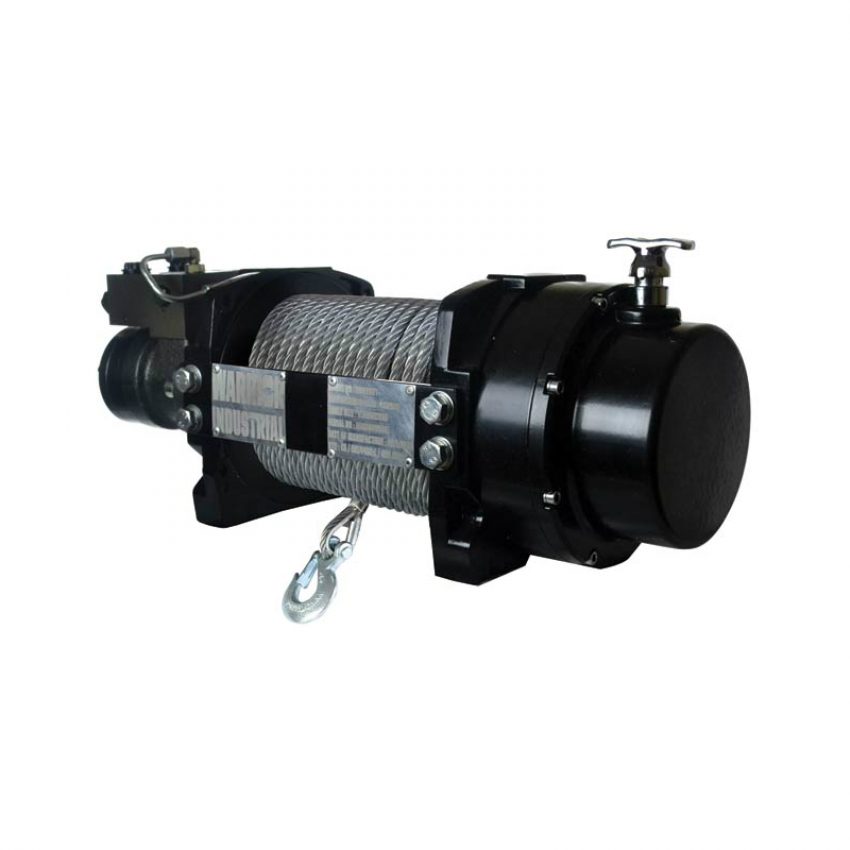The dilemma between lever hoists and winches- how to choose one?

While illustrating the utilization of hoists and winches, people often fail to distinguish between them. They are often used in similar environments and for similar applications, but there is a clear difference between hoists and winches.
A lever hoist and winch look akin to each other, but are designed to do different things. A winch is built with the intention of pulling a burdensome weight horizontally over a slightly inclined or flat surface while a hoist is crafted to lift a load vertically(at almost 90 degrees) over steeper inclined surfaces that are generally greater than 45 degrees. Both the equipment are capable of making heavy lifting tasks uncomplicated and smooth. However, it is important to make sure that you are opting for the right equipment for the job.
If you learn the differences between the two equipment, it can help you to decide the type of equipment that is right for your operational requirements.
Winches
Winches are equipment that are employed to roll a cable or a rope out or in, and using the resulting tension to pull an object. The winch drum can be powered manually or by air, by electricity and hydraulics. A majority of winch drums are constructed of fabricated steel and are tailored for a distinctive load capacity. A manual winch consists of a cable or rope coiled around a barrel or drum. More complicated industrial winches, such as electric winches, are employed to tow automobiles, boats or to help move pieces of heavy equipment.
Winches are utilized in a variety of scenarios. They are used regularly in industry and construction for many purposes – towing of equipment, machinery and vehicles. When it comes to choosing the type of equipment you need for your specific project, it is suggested that you speak to an expert. It is always the best option to invest in the best quality winches for a long service life of the equipment. For instance, the warrior winch is known for its tenacity and high performance. Warrior winches are also reasonably priced, keeping in mind the price sensitivity of the customers.
Hoists
Lever hoists are basic devices that are designed to lift and suspend heavy loads. Manual lever hoists work by using a small force over a long distance and converting it to a large force over a short distance. Hoists can be powered by electricity air or hydraulics as well. Lifting massive loads, like a heavy cargo container or construction material might seem like an apt job for a winch, but that is not always the case. Jobs that require you to lift or lower a load are the best accomplished by a hoist!
The most prominent difference between a winch and a hoist is how the braking arrangement functions in these equipment. A majority of winches use a dynamic braking that applies the resistance in the winch gear to stabilize the load. This type of braking is not proper for suspension loads. As a result, the use of a winch for suspension purposes might slide the gears, and drop the load.
A hoist uses a mechanical braking device, where the physical brake grips the suspended weight at a pre-determined place. It protects the lifting gears and prevents damage to the line. Apart from this, a big difference between the two devices is that a hoist never allows a free-reel mechanism. A winch allows that, so that it is easier to wind and connect the cable.
Wrapping up!
We hope that after going through this blog, you have a clear perspective about when to use a winch and when to go for a hoist. Both are very popular equipment that are used in many industries across the world. However, the context of the operation in the industries determines the choice between a hoist or a winch. Make sure you understand your operational needs before you buy any of them.
